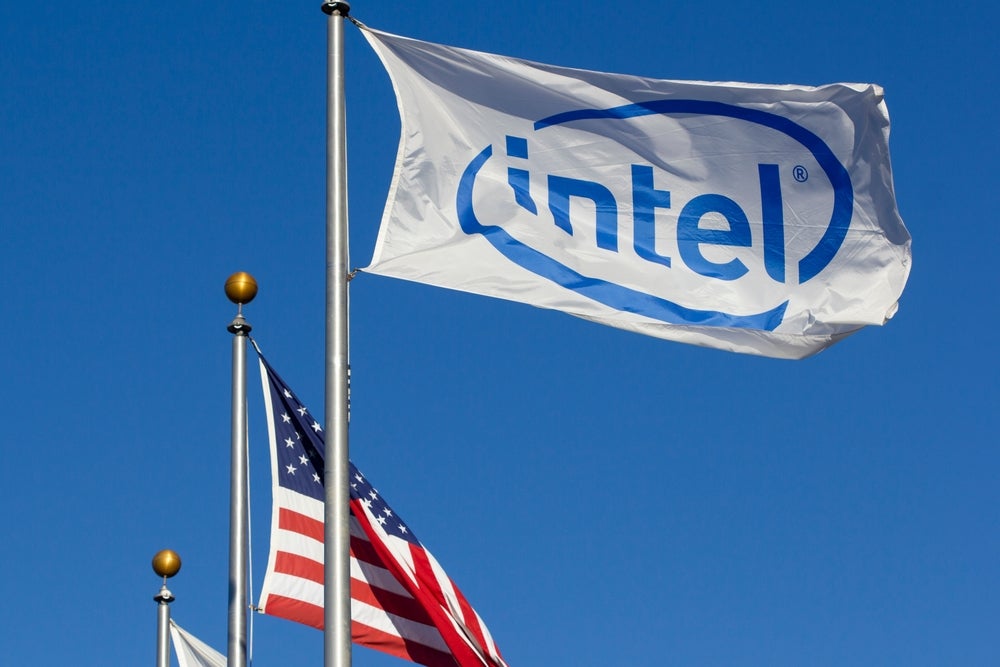Hamamatsu Photonics has filed a patent for a sample observation device that uses planar light to generate images of a sample. The device includes an emission optical system, a scanning unit, an imaging optical system, an image acquisition unit, and an image generation unit. The image generation unit extracts an analysis region from the acquired image data, integrates brightness values in the Z-axis direction to generate X image data, and combines the X image data in the Y-axis direction to generate XY image data. GlobalData’s report on Hamamatsu Photonics gives a 360-degree view of the company including its patenting strategy. Buy the report here.
According to GlobalData’s company profile on Hamamatsu Photonics, Welding robots was a key innovation area identified from patents. Hamamatsu Photonics's grant share as of September 2023 was 40%. Grant share is based on the ratio of number of grants to total number of patents.
The patent is filed for a sample observation device
A recently filed patent (Publication Number: US20230314782A1) describes a sample observation device that utilizes an emission optical system, a scanning unit, an imaging optical system, an image acquisition unit, and an image generation unit. The device emits planar light onto a sample on an XZ plane and scans the sample in a Y-axis direction. The imaging optical system forms an image of the observation light generated in the sample by the emission of the planar light. The image acquisition unit acquires multiple pieces of XZ image data corresponding to the optical image formed by the imaging optical system.
The image generation unit then generates XY image data of the sample based on the acquired XZ image data. The image acquisition unit acquires the XZ image data in the Y-axis direction, and the image generation unit extracts an analysis region in the XZ image data. It integrates the brightness values of at least the analysis region in a Z-axis direction to generate X image data. Finally, the X image data is combined in the Y-axis direction to generate the XY image data.
The patent claims also include claims 2-16, which have been canceled and are not relevant to the device described above.
This sample observation device offers a novel approach to generating XY image data of a sample. By emitting planar light and scanning the sample in the Y-axis direction, the device captures multiple pieces of XZ image data. The image generation unit then extracts an analysis region and integrates the brightness values in the Z-axis direction to generate X image data. This X image data is combined in the Y-axis direction to generate the final XY image data.
This device has potential applications in various fields, including microscopy, medical imaging, and material analysis. It allows for more comprehensive and detailed observation of samples, providing researchers and professionals with valuable insights. The patent filing indicates that the inventors have recognized the need for an improved sample observation device and have developed a unique solution to address this need. As the patent application progresses, it will be interesting to see how this device is further developed and potentially commercialized in the future.
To know more about GlobalData’s detailed insights on Hamamatsu Photonics, buy the report here.
Data Insights
From

The gold standard of business intelligence.
Blending expert knowledge with cutting-edge technology, GlobalData’s unrivalled proprietary data will enable you to decode what’s happening in your market. You can make better informed decisions and gain a future-proof advantage over your competitors.







